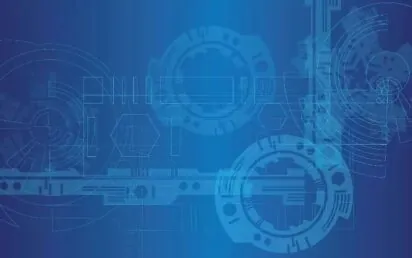The construction sector has seen artificial intelligence gradually work its way on to the building site.
How is AI making an impact on productivity – and how could it affect the workforce of the future?
Ahead of our LCR Construction Skills Summit event on Thursday 15th November with Progress to Excellence Group – which you can sign up for here – we spoke to Powertools2U for a deeper look at the role AI is playing in the construction sector.
The Benefits
Safety
Overall there are three main areas where AI will be hugely beneficial within the building site – and the most important of these is safety.
AI will be able to take workers’ wellbeing to a new level. For a start, it can be used to scan the body movement of workers to analyse whether or not their form is correct when working and using tools and machinery, thus preventing injury and also enhancing their training.
The scanning technology can also be used for facial and object recognition to analyse whether a worker is qualified or not to use it – again helping to reduce the risk of injury.
Risk Mitigation
AI is able to understand and also predict complex information using algorithms built into the software to help prevent any potential risks that may impact the building site or its workers.
For example, if the weather is predicted to be poor, the AI will alert the site staff so factors such as potential water infiltration can be addressed before the weather arrives.
Design
AI can help with the design process too. The technology can produce several different designs based on what a client is looking for, in a far quicker time, boosting overall project efficiency.
This is done by answering questions that an architect would only be able to answer after extensive deliberation and assessment. The AI first of all understands what the client is looking for, such as optimal seating position for sunlight, productivity, views outside and even their preferred working style.
All this information is then fed into the AI system along with the physical requirements of the building. The algorithm will then produce several designs that fit to the clients’ requirements, saving the architect time.
This then allows the architect to pick between the designs to further match them to the client’s wishes.
The drawback
The biggest con when it comes to AI’s future role in construction is regarding the current workforce: experts have predicted that there will be a human-free building site as soon as 2025.
This will be the culmination of several technologies: augmented reality and the Internet of Things will go mainstream by 2019; by 2021 regulations will allow for drone monitoring; self-guided machines will start to appear by 2022; 2023 will see the first project managed solely by AI; autonomous machinery will be on-site by 2024; and by 2025 there will be a sharp decline in the need for humans on the building site due to machines being able to handle the majority of jobs.
Research suggests that 600,000 jobs could be lost from the current 2.2 million positions because of AI integration by 2040.
Amongst the worst affected are labourers, who will dwindle in number from 127,000 to only 7,500, while plasterers will drop from 47,500 to just 2,800 and roofers will fall from 43,830 to 2,600 to name only a few.


